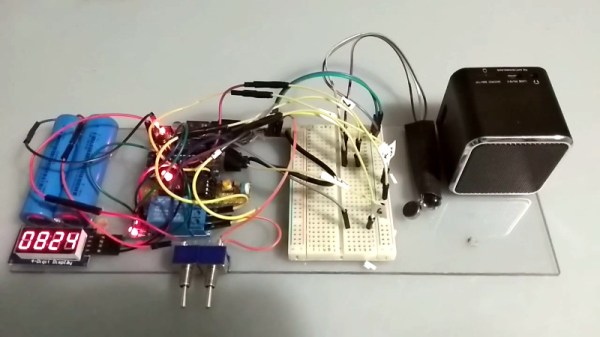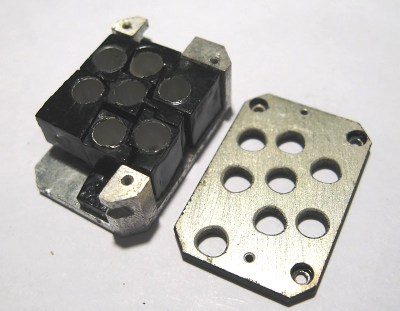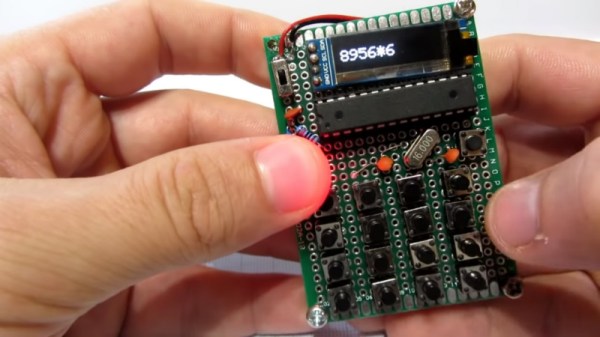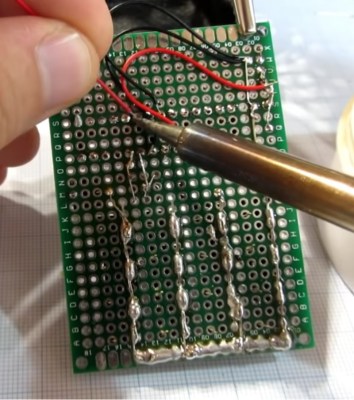Maybe its a capture file from a network dump. Maybe it’s from an Arduino. Maybe it is a random file off the Internet. But there will be a time when you have a file full of seemingly meaningless numbers and you need to impose order. We usually resort to a printout and highlighter, but BitBench seems like a better option. That link will take you to the code, but if you want to play with a live instance, the author has one loaded with example data.
If you look at the live example, there’s an area up top with a lot of raw hex data. The area below that shows a format string. By default that’s:
hh ID:hh b CH3d TEMP_C:12d HUM:d CRC:8h | 8h 16h 16h
From the page, here’s the description of the format:
Use “h” for hex (default 4 bits), “b” for binary (default 1 bit), “d” for decimal (default 8 bits).
Use optional bit length prefix numbers. Use “~” to invert bits, use “^” to reverse LSB/MSB. Other characters are output as-is.
So in the example string, hh is an 8-bit hex number. ID: is just a label, followed by another 8-bit number. Then the bottom displays the data formatted as you wish and gives you a way to pad the fields with extra bits and see the results. You can also invert or shift all the bits.




















